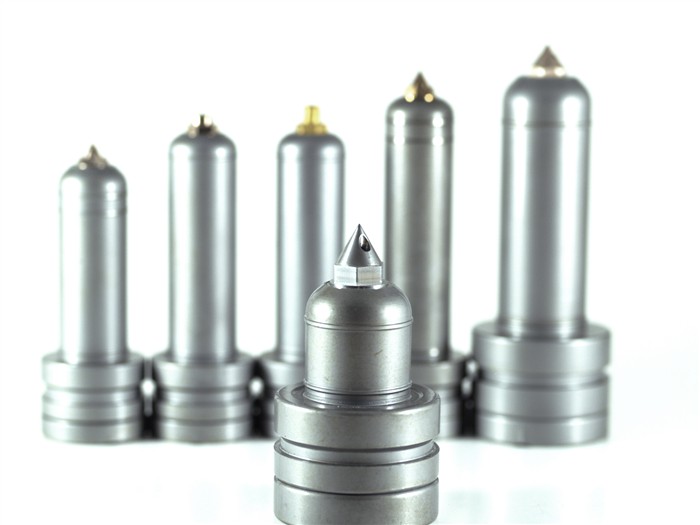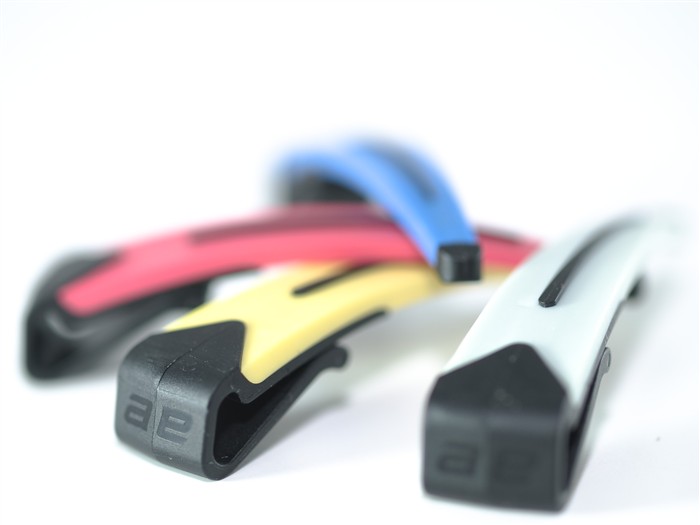Company Profile
Most hot runner companies focus on selling components rather than helping you achieve your processing requirements. When Joachim Neumann formed J-Tech Hot Runner to design and build hot runner systems for demanding applications, he had already spent 20 years watching toolmakers, molders, material suppliers and hot runner companies point their fingers at each other. For simple projects, hot runner systems are relatively trivial and toolmakers and molders can buy off the shelf components from any vendor to assemble their own systems. But for modern applications, and applications that push current processing limits, hot runner systems must be highly engineered to ensure first shot success and ongoing cost-effectiveness. 
After having been personally involved with the design, manufacturing and assembly of over a thousand successful systems, Joachim has earned a solid reputation and now J-Tech is a leading supplier of Hot Runner Solutions and temperature controllers.
Hot runner systems are not all equal - and companies that say your project just can't be done obviously haven't looked closely enough.
Keys to Success
| 1. |
Custom design the hot runner system for the application. Choose a cavitation layout and manifold design to match the requirements of the part, plastic, and injection machine. |
| 2. |
Build custom manifolds for every application. Mold flow simulations have minimal value of the manifold melt channels are not equally studied and designed for the application. |
| 3. |
Use nozzles that have a uniform heat profile. Hot or cold regions will cause problems. |
| 4. |
Nozzle location is critical. Consider part geometry, type of material, cycle time and even machine tonnage. |
| 5. |
Components must be designed for the operating temperature range. Failure to do so can be dangerous and will result in leakage. |
| 6. |
Components should be enclosed within solidly constructed retaining plates that have been stress relieved and have their own cooling circuit. Manifolds should be sunken into a machine pocket in the retaining plate. |
| 7. |
Running the system before it reaches operating temperature will shorten the life of the system. Use intelligent temperature controllers that are tuned for the system. |
| 8. |
Do not attempt repairs unless you have built the system yourself. A properly designed and built hot runner system should operate without unexpected maintenance. Failures should be diagnosed immediately. |
